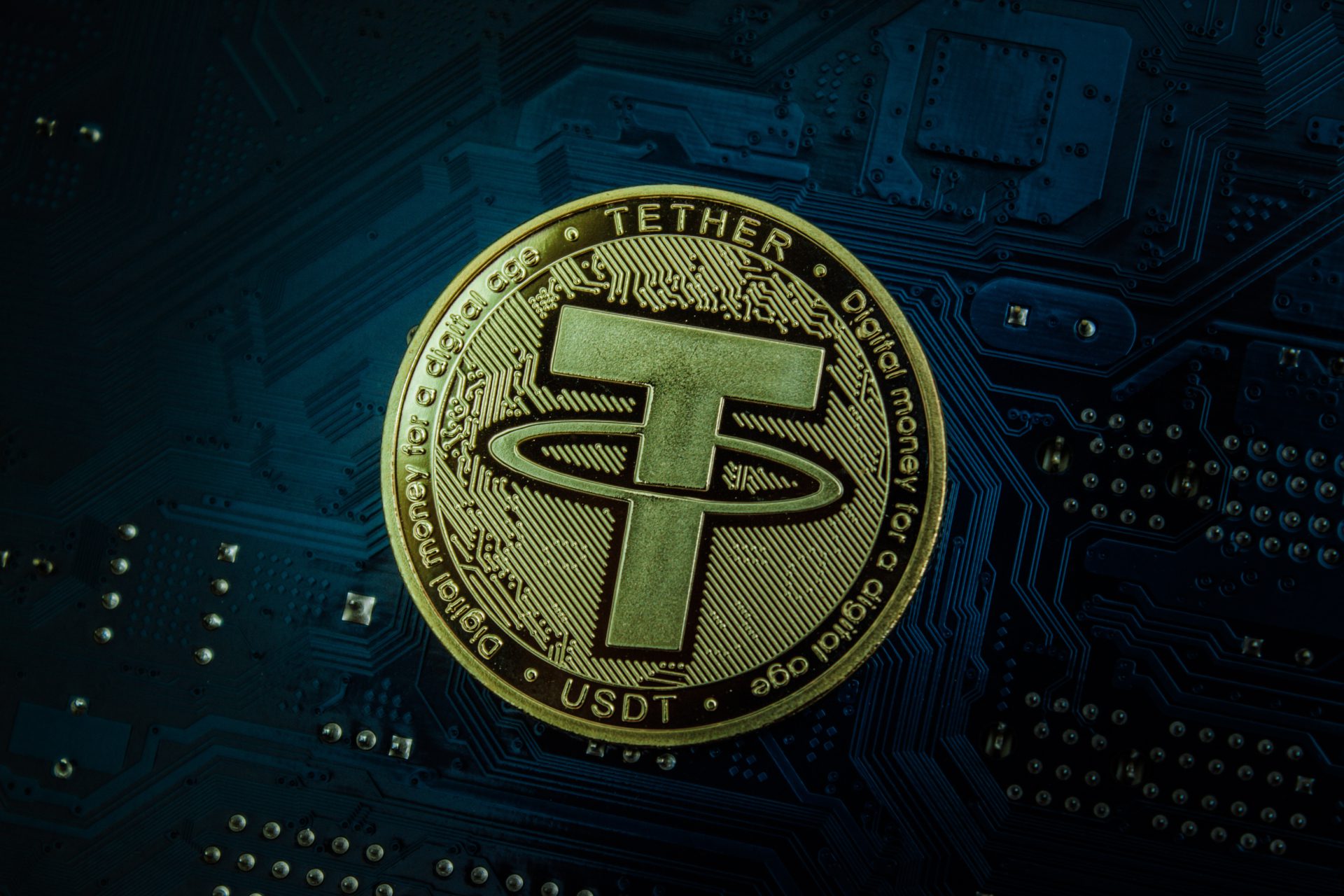
With extensive MiCA regulations coming into effect in Europe at the end of this year, it seems increasingly likely that Tether will no longer be allowed to operate in this jurisdiction. The company behind the largest stablecoin in the world does not want or cannot comply with the strict regulations. What does this mean for the crypto market?
The rise of USDC
Tether, the world’s largest stablecoin, made a record profit of $4.52 billion in the first quarter of this year. Nevertheless, the market share is slowly decreasing, currently around 69%. At the same time, Circle’s USDC, a regulated alternative, is gaining ground with an 11% market share.
A major reason for the declining market share of Tether’s USDT stablecoin is the impending entry into force of MiCA regulations on digital assets in Europe. In anticipation of these regulations, exchanges such as OKX have already delisted USDT trading pairs in the European Economic Area. Kraken is also considering a similar move.
Is Europe sidelining itself?
With the possible disappearance of the largest stablecoin in Europe, some hope that euro stablecoins will become more prominent. After all, the euro is the currency of Europe and would be preferred. However, globally, USD stablecoins dominate and other currencies struggle to get a foot in the door.
If the market adapts to these new regulations, this could turn out well. But if this shift leaves Europe isolated while the rest of the world moves in a different direction, the continent may find itself sidelined.
However, there is a good chance that European traders will simply switch from USDT to USDC. This presents a huge opportunity for Circle and its USDC stablecoin to strengthen their position in the European market. Circle does not yet have a permit, but it appears that it will comply with MICA regulations.
Source: https://newsbit.nl/gaat-europa-tether-usdt-verbannen/

